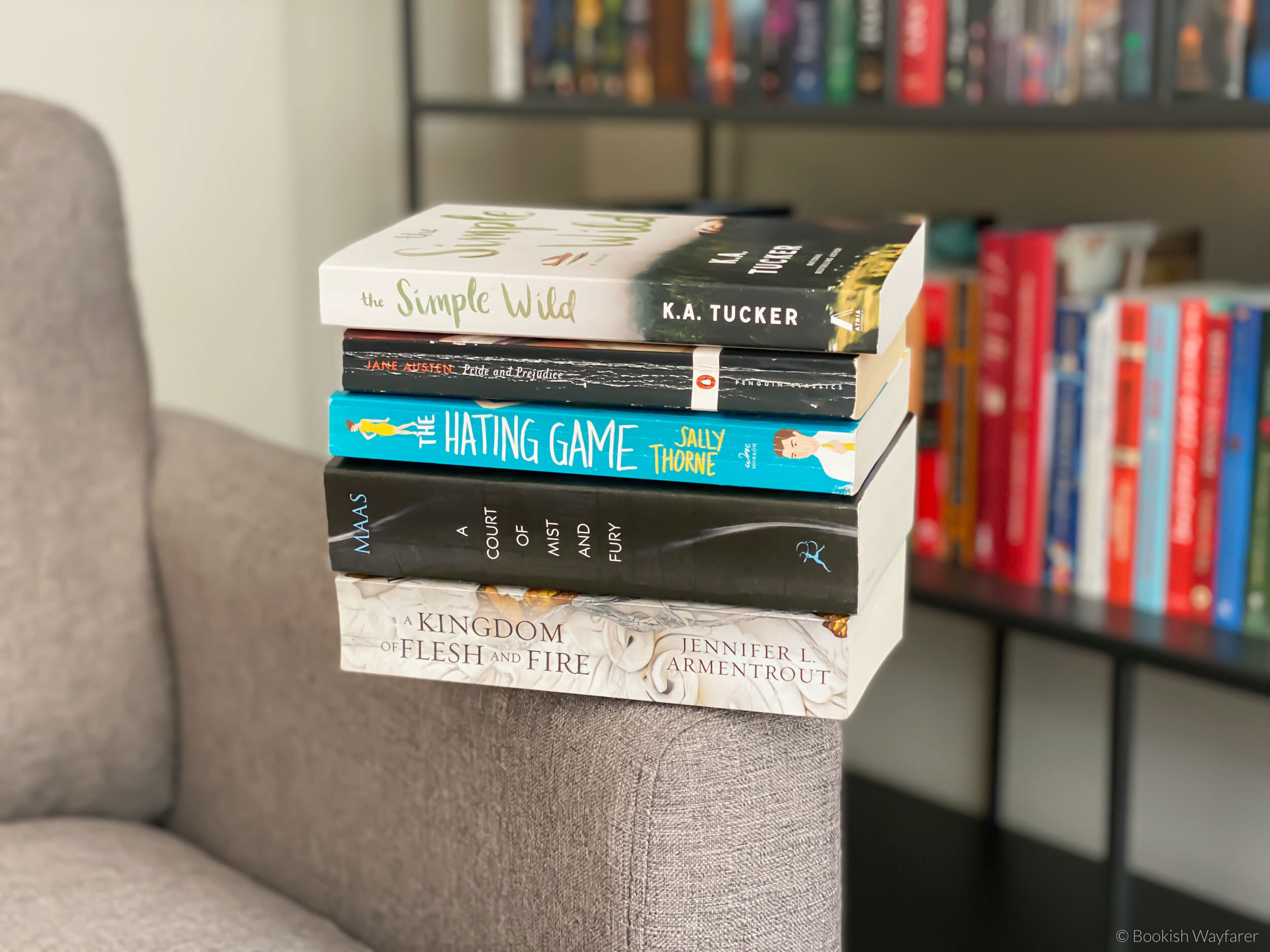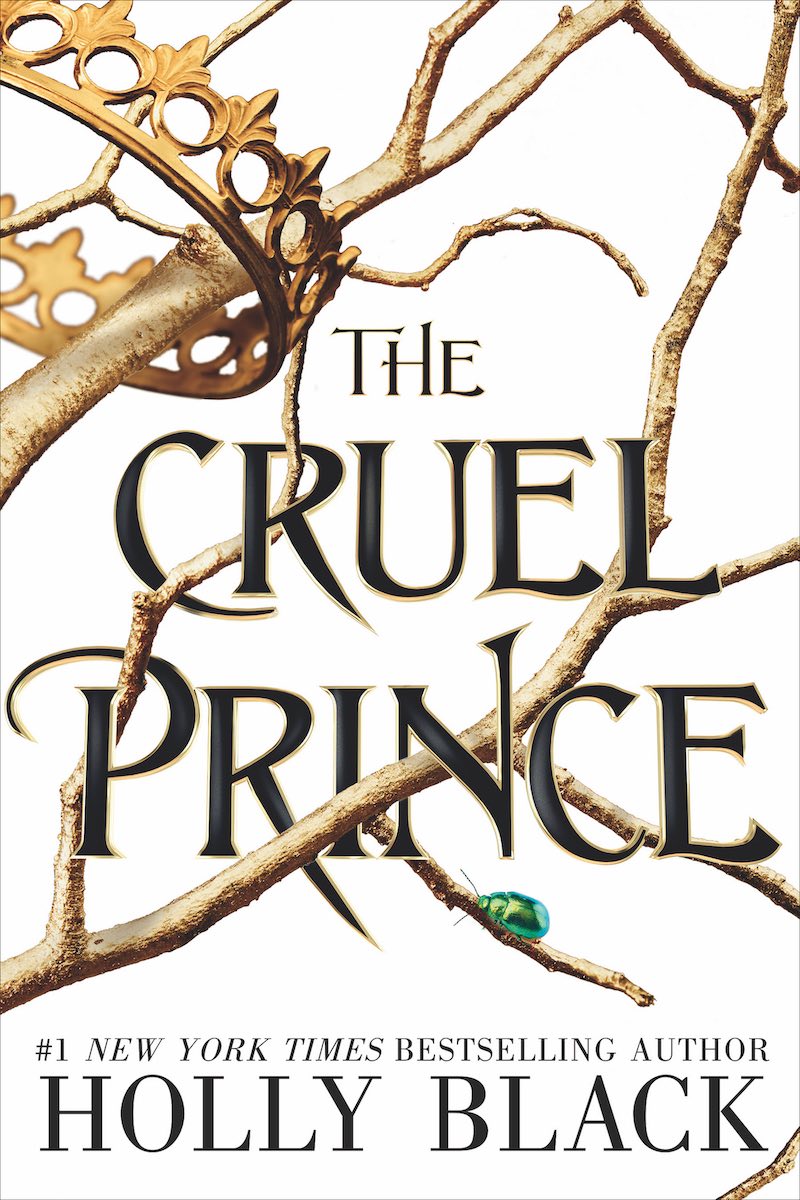Enemies to Lovers Books: A Comprehensive Exploration of the Trope and Its Literary Landscape

The “enemies to lovers” trope, a cornerstone of romantic fiction, captivates readers with its inherent tension and the satisfying arc of transformation from animosity to affection. This exploration delves into the nuances of this beloved trope, examining its manifestations across various genres, authors, and its broader cultural impact. We will explore the core elements that make this trope so compelling, showcasing examples from both classic and contemporary literature, and highlighting the enduring appeal of watching characters overcome their initial dislike to find love.
The Allure of the Enemies to Lovers Trope
The enduring popularity of enemies-to-lovers narratives stems from several key factors. The initial conflict provides immediate dramatic tension, drawing the reader into the characters’ lives and relationships. This initial friction, whether born from a misunderstanding, a clash of personalities, or a more significant conflict, serves as a catalyst for character development. The journey towards love is not a smooth path; rather, it’s a process of overcoming obstacles and confronting preconceived notions, making the eventual reconciliation all the more rewarding.

The slow burn aspect, frequently present in enemies-to-lovers stories, allows for a gradual unveiling of the characters’ inner lives and vulnerabilities. Initial impressions, often misleading, are peeled back layer by layer, revealing the complexities and hidden depths that ultimately attract the protagonists to each other. The banter and witty exchanges that often punctuate the early stages of the relationship further enhance the narrative’s charm, providing comedic relief against the backdrop of simmering tension. This dynamic, characterized by a blend of conflict and attraction, keeps the reader engaged and anticipating the eventual shift in the relationship’s dynamic.
The trope’s versatility is another factor contributing to its enduring appeal. It transcends genre boundaries, finding expression in historical romances, contemporary settings, science fiction, fantasy, and even paranormal romances. The basic premise—characters initially at odds finding common ground and falling in love—can be adapted and reinterpreted in countless ways, offering readers a wide range of narrative experiences. This adaptability ensures that the trope remains fresh and exciting, continually offering new and unique interpretations.

Genre Variations and Trope Subversions
The enemies-to-lovers trope manifests in diverse ways across various genres. In historical romances, the conflict might stem from societal pressures, family rivalries, or deeply ingrained prejudices. Contemporary romances often explore clashes of personality, professional rivalries, or misunderstandings fueled by external circumstances. Fantasy and paranormal romances frequently weave the conflict into the fabric of a magical or supernatural world, with the initial animosity potentially stemming from opposing factions or supernatural powers.
The trope is not always a straightforward progression from hate to love; there are subversions and complexities that add layers of intrigue. Sometimes, the “enemies” are not truly enemies at all, but rather individuals who have been misled or manipulated into believing that they are adversaries. Other times, the initial animosity might persist even as love blossoms, creating a compelling internal conflict within the characters. Some narratives explore the grey areas, where the initial animosity never fully disappears, but rather transforms into a different kind of dynamic, characterized by a complex blend of love and lingering tension. This multifaceted approach ensures that the trope remains engaging and relevant, constantly offering new interpretations and emotional depth.

Notable Authors and Their Approaches to the Trope
Numerous authors have mastered the art of crafting compelling enemies-to-lovers narratives. Emily Henry, known for her witty banter and charming characters, has expertly woven the trope into her works, such as “Book Lovers,” where the initial friction between the protagonists gradually gives way to a deeper connection. Ali Hazelwood’s “Love, Theoretically,” similarly showcases the transformative power of shared experiences and the gradual dismantling of preconceived notions.
Other authors, like Mariana Zapata, are renowned for their slow-burn romances, where the path to love is a long and winding one, marked by initial animosity and gradually deepening understanding. The lengthier narratives often provide ample opportunity to explore the characters’ backgrounds, motivations, and vulnerabilities, leading to a more substantial and satisfying resolution. This prolonged journey allows for a richer understanding of the characters’ motivations and the complexities of their evolving relationship.
Across these and other authors’ works, the approach to the trope varies, demonstrating its versatility. Some authors focus on building a strong foundation of initial animosity, while others might start with a less intense conflict, letting the tension build more organically. The stylistic choices and narrative strategies employed further highlight the richness and adaptability of the trope itself.
Enemies to Lovers in the Context of Reading and Learning
Engaging with enemies-to-lovers narratives offers readers more than just escapism; it provides opportunities for self-reflection and personal growth. Observing characters overcome their prejudices and biases can inspire readers to confront their own preconceptions and to embrace empathy and understanding in their own relationships. The journey from animosity to love highlights the importance of communication, forgiveness, and the discovery of unexpected common ground, fostering a deeper appreciation for the complexities of human connection. Moreover, the witty dialogue and humorous exchanges frequently found in these stories offer moments of levity and entertainment, enhancing the overall reading experience.
These stories often delve into deeper themes, exploring issues of communication, self-awareness, and overcoming personal limitations. The characters’ struggles with their own biases and prejudices provide a valuable opportunity for readers to reflect on their own attitudes and behaviors. The transformative nature of the relationship, from initial conflict to eventual love, offers a hopeful message, suggesting that even the most challenging relationships can flourish with effort and understanding. This exploration of emotional and relational growth makes the reading experience both entertaining and enriching.
The Cultural Impact of Enemies to Lovers
The impact of the enemies-to-lovers trope extends beyond the realm of literature. Its popularity has inspired numerous adaptations in film, television, and other media, further solidifying its place in popular culture. The adaptations allow the trope to reach a wider audience, bringing its themes of transformation and connection to new viewers and readers. These adaptations also serve as a testament to the lasting appeal of the narrative structure and its enduring capacity to resonate with diverse audiences.
Moreover, the trope has fostered strong online communities, where readers discuss their favorite stories, recommend new books, and engage in insightful discussions about the nuances of the narrative structure. The online communities act as a platform for sharing and celebrating the enjoyment of the trope, generating a continuous cycle of engagement and discussion. These online discussions serve as a testament to the enduring appeal of the trope and its ability to foster social interaction among readers. The ongoing conversations, shared experiences, and recommendations contribute to a vibrant and engaging literary landscape.
Conclusion: An Enduring Trope with Enduring Appeal
The enemies-to-lovers trope is more than just a convenient plot device; it is a powerful narrative structure that taps into fundamental human desires for connection, growth, and understanding. Its enduring popularity is a testament to its ability to engage readers on multiple levels—emotionally, intellectually, and socially. Through its diverse manifestations across genres, authors, and media, the enemies-to-lovers trope remains a dynamic and captivating force in the world of romantic fiction. Its enduring appeal is likely to continue for many years to come, offering readers a constant source of entertainment, emotional engagement, and opportunities for reflection on the complexities of human relationships.